
Kitchen Sinks
Within the heart of every home, the kitchen stands as a hub of activity, creativity, and comfort, where the kitchen sink plays a pivotal role in this domestic ballet. Not merely for washing up, but as an integral component of the kitchen’s aesthetic and functional design, kitchen sinks come in a myriad of styles, materials, and sizes, tailored to fit the unique needs and tastes of each household. From sleek stainless steel basins that echo a modern minimalist vibe, to traditional ceramic sinks that exude a timeless elegance, the variety within the kitchen sinks category ensures that every home can find the perfect match. Moreover, the selection extends beyond mere aesthetics, delving into practical aspects such as the sink's durability, ease of cleaning, resistance to stains, and overall impact on kitchen hygiene and efficiency. High-quality kitchen sinks not only withstand the rigours of daily use but also contribute to a more sustainable kitchen environment through efficient water use and waste management systems. Understanding the significance of choosing the right kitchen sink for one’s home, we provide a comprehensive catalogue that details the myriad options available. This aims to assist customers in making an informed decision that balances both their culinary needs and interior design aspirations. Whether you are remodelling your kitchen or selecting fittings for a new build, the kitchen sinks category offers insightful descriptions and specifications that promise to make your selection process as smooth and gratifying as the flow of water from a well-chosen sink. Our commitment is to elevate the role of kitchen sinks from mere utility to a central piece of your kitchen’s design narrative.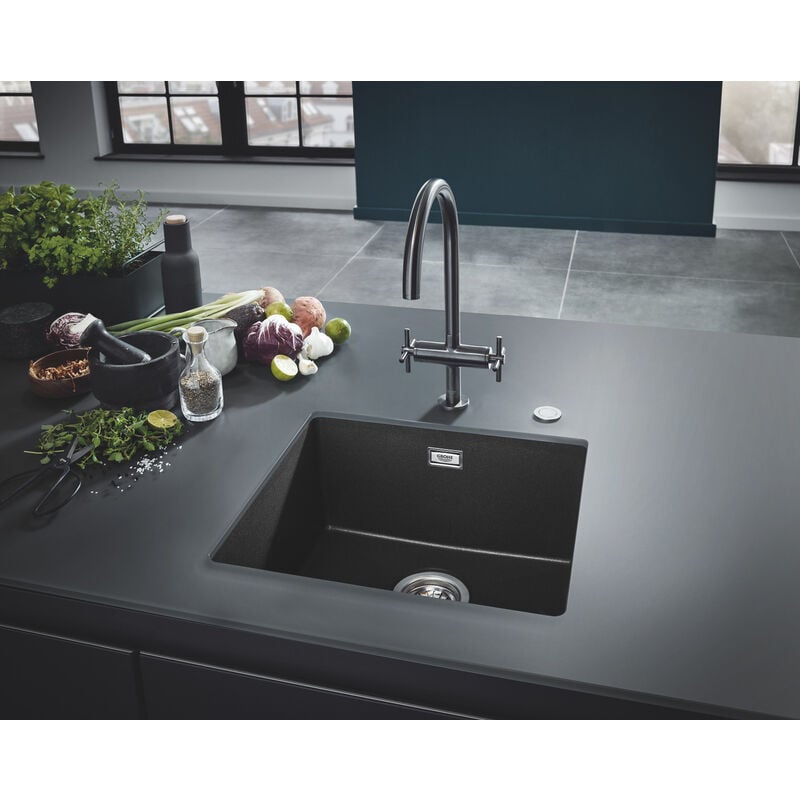
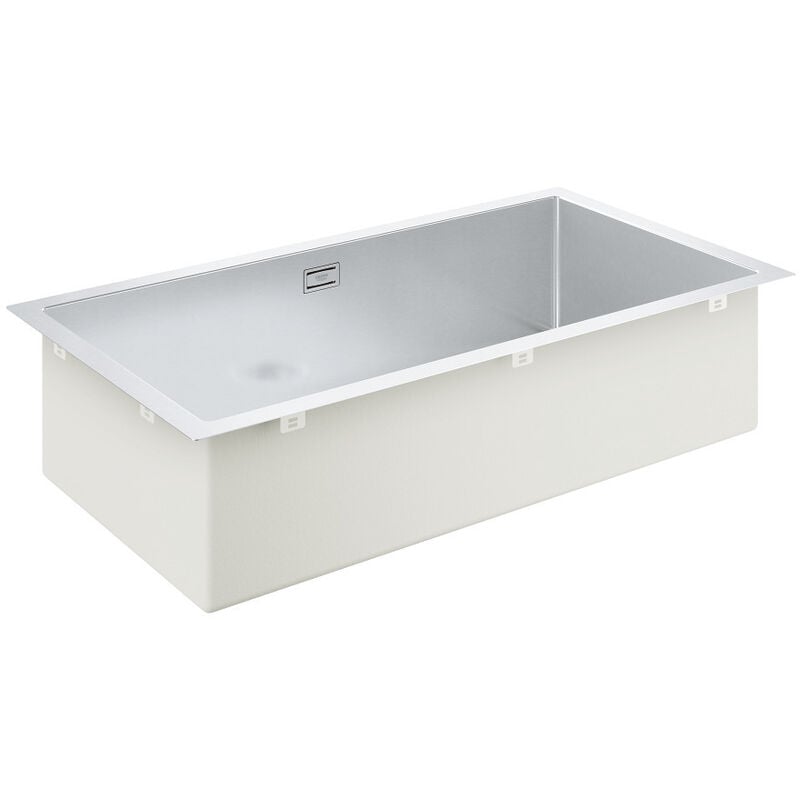
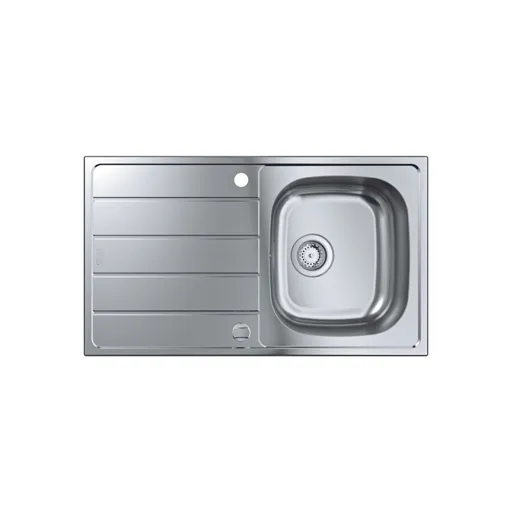
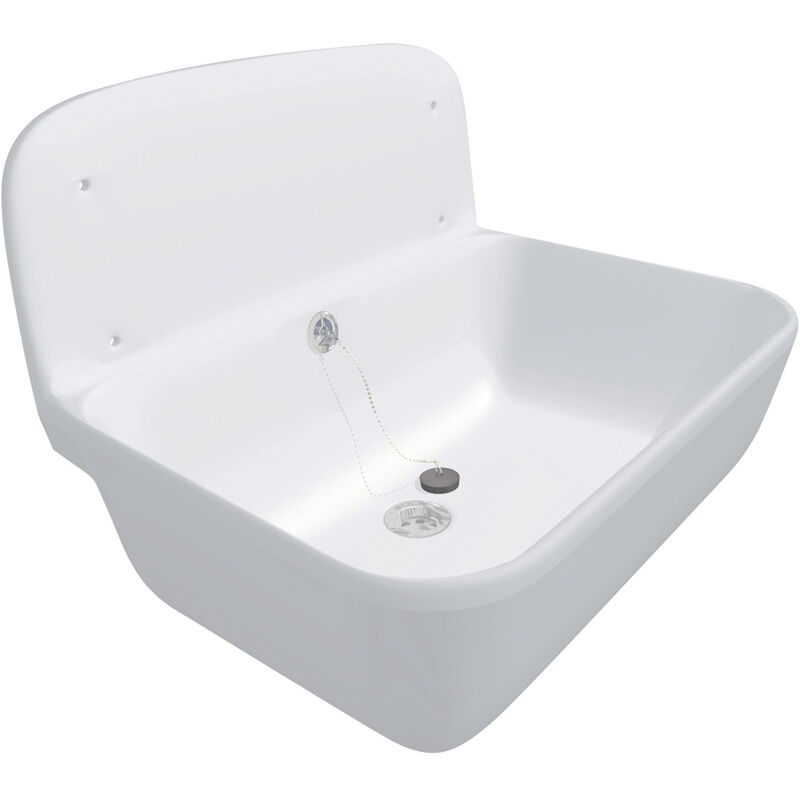
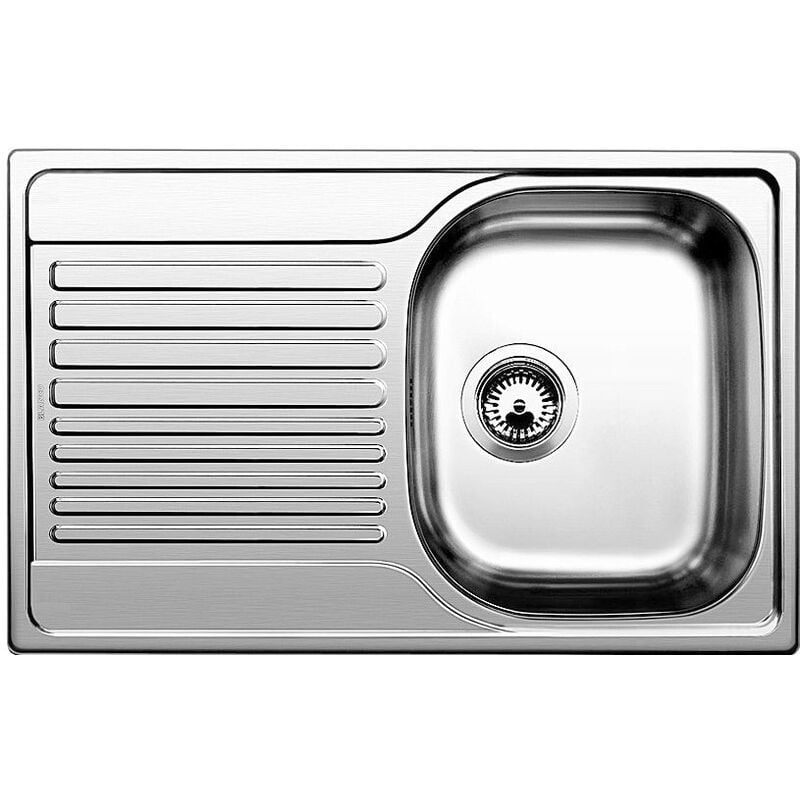
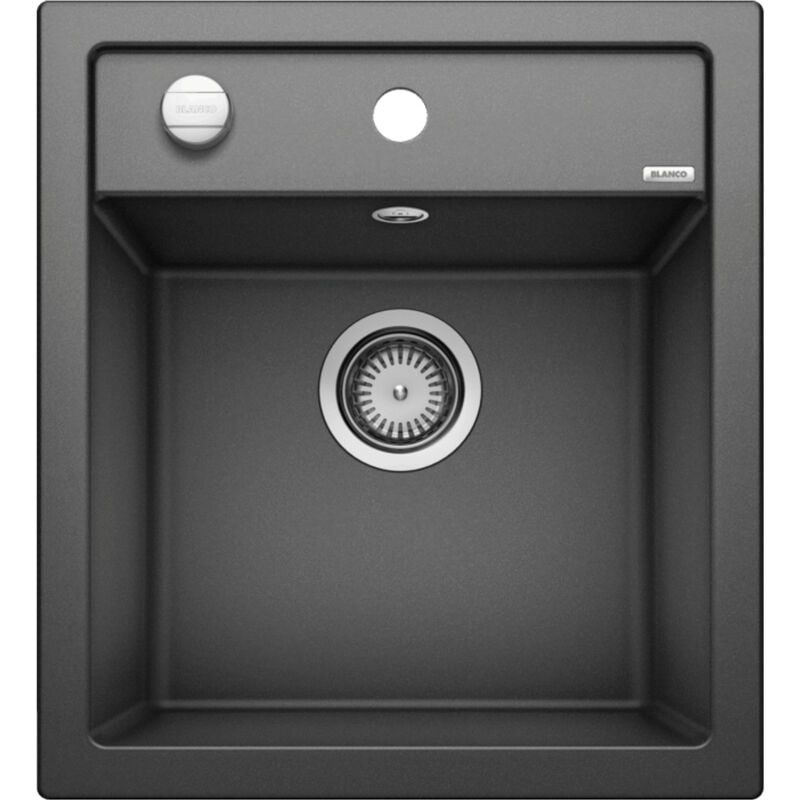
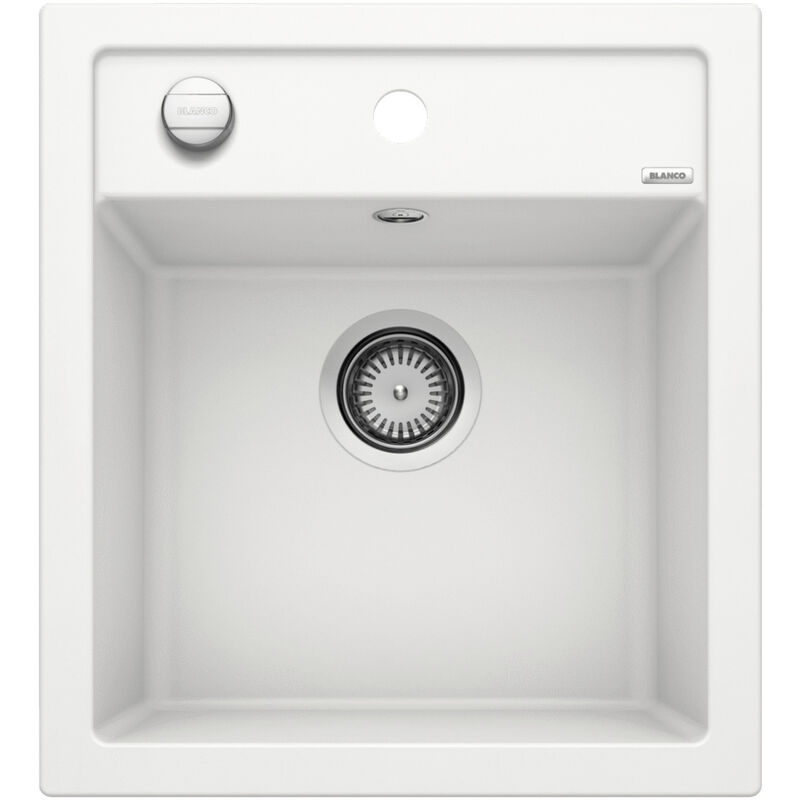
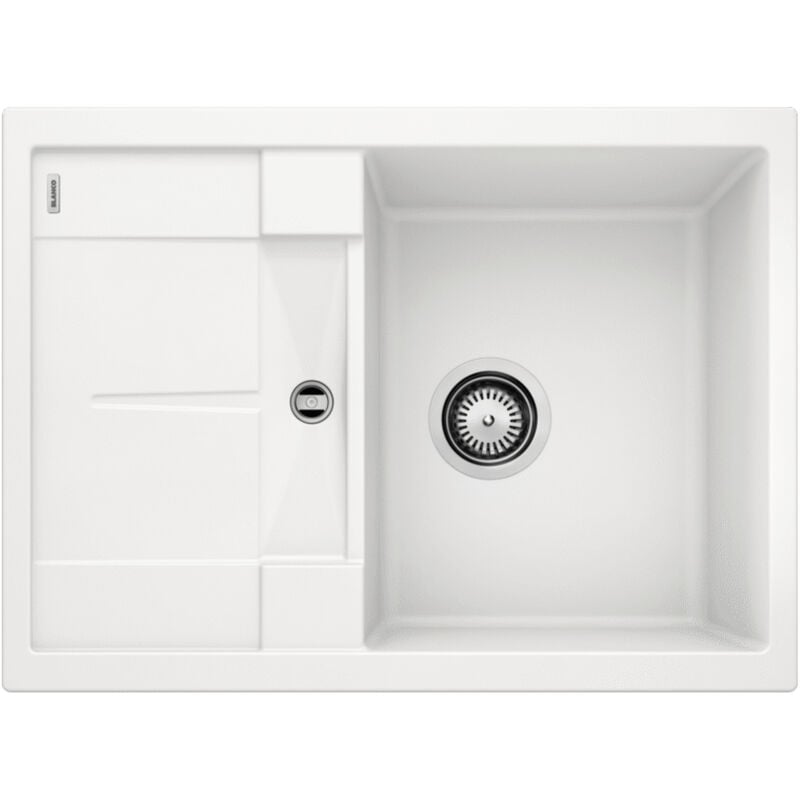
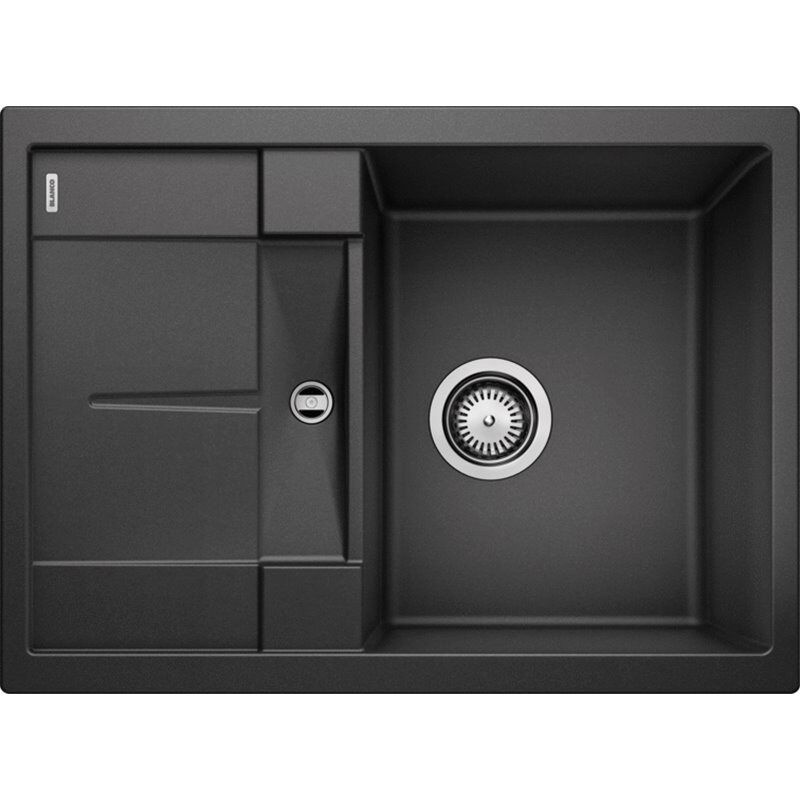

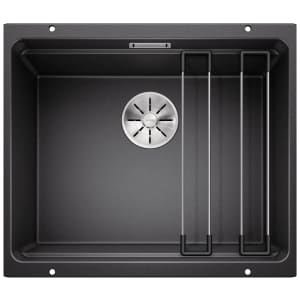

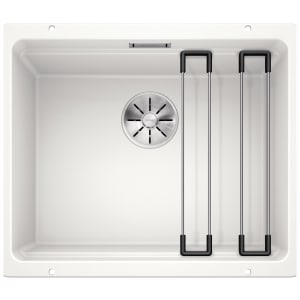
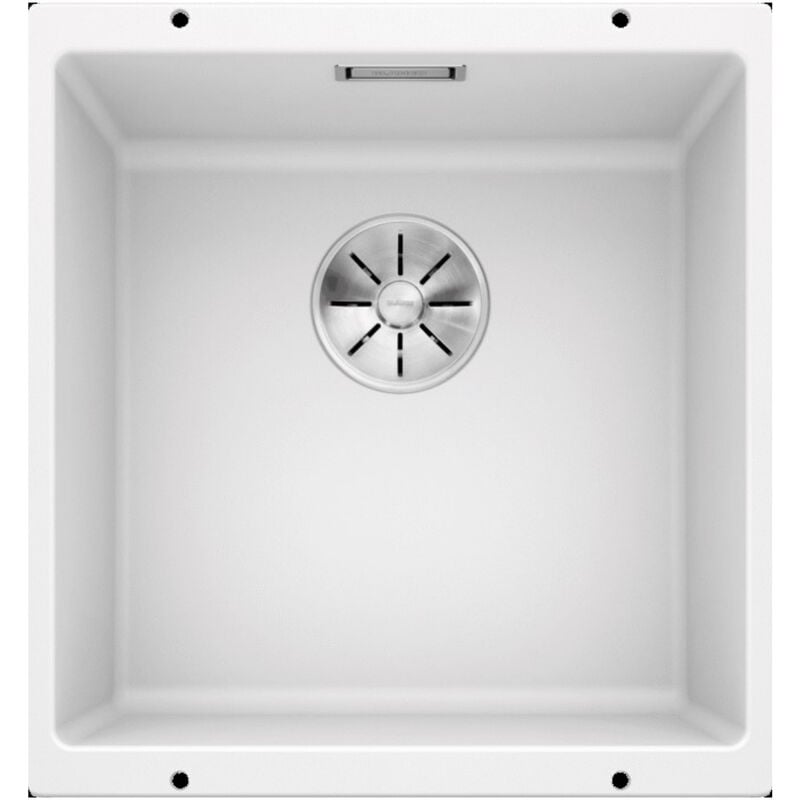
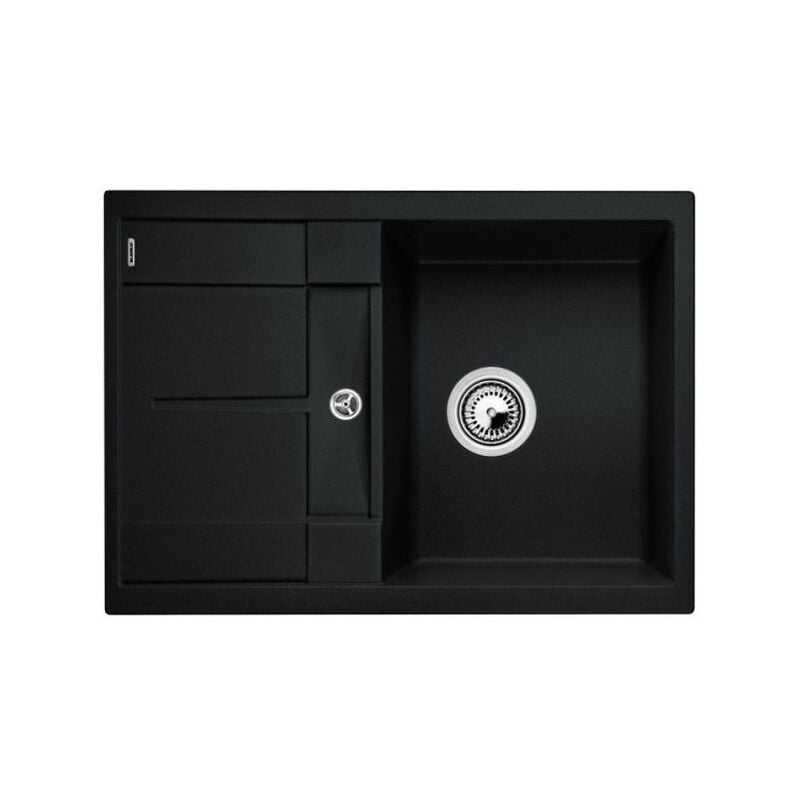
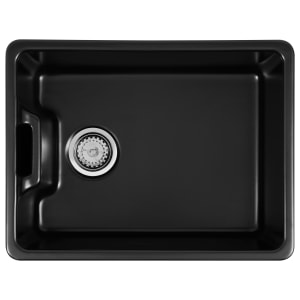


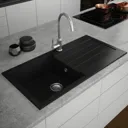
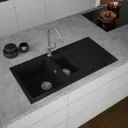
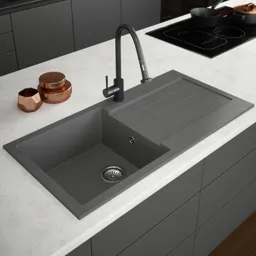
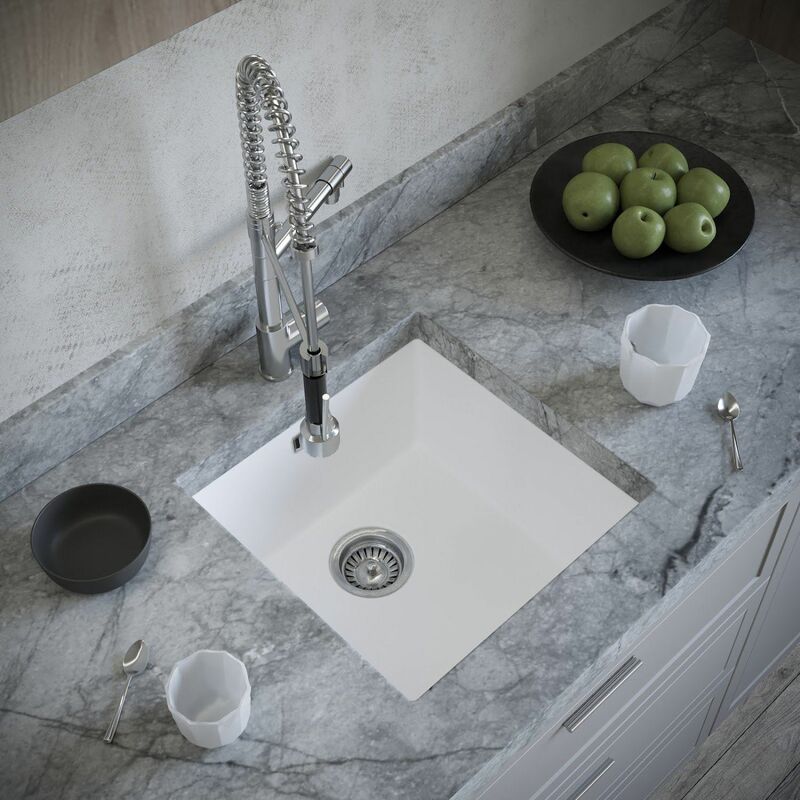
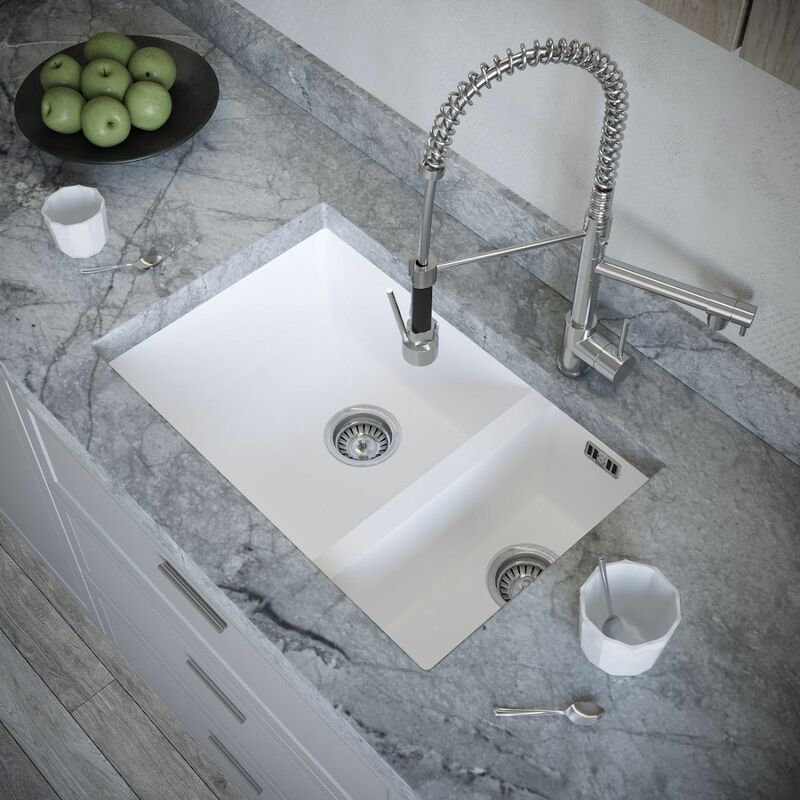
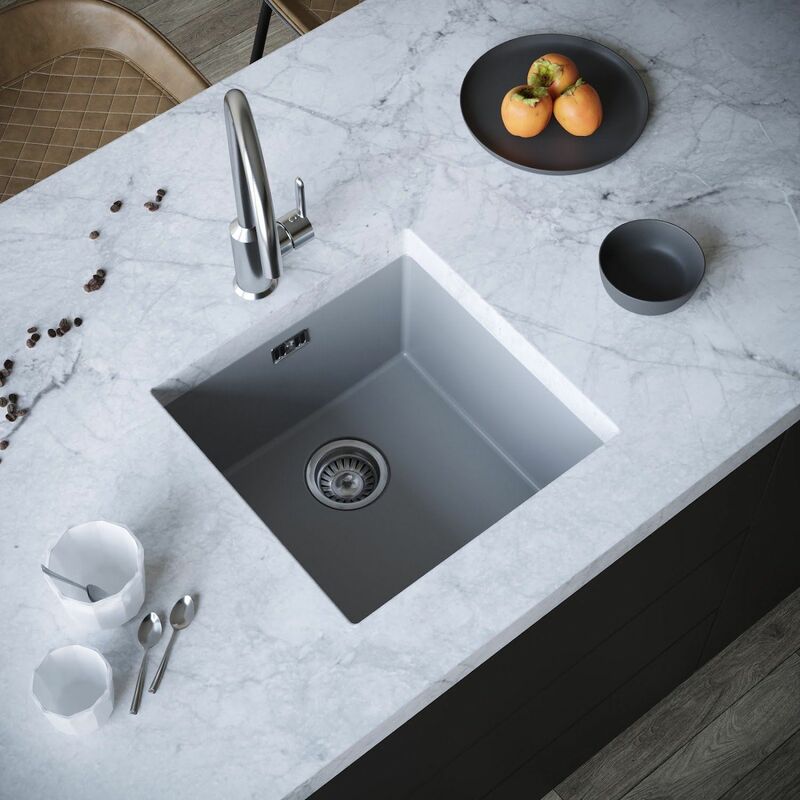
Frequently Asked Questions (FAQ)
When it comes to finding the perfect kitchen sink, the material is an important factor to consider. There are many different materials available, each with its own unique advantages. Stainless steel is one of the most popular choices as it's strong, durable, and resistant to corrosion and staining. It's also easy to keep clean, making it a great choice for busy kitchens. Porcelain is another popular material for kitchen sinks. It's easy to clean and comes in a variety of colors and styles. Cast iron is also an excellent choice for kitchen sinks and is known for its durability. It's also resistant to scratches and chips, making it a great long-term investment. Composite sinks are also a great option for kitchen sinks as they offer a variety of colors and styles and are easy to clean and maintain. When it comes to choosing the perfect kitchen sink material, there are many options to choose from, so it's important to do your research and find a material that is best for your needs.
Cleaning the kitchen sink is one of those chores that can quickly turn from annoying to exciting. Just think about it - a shiny, sparkling sink is one of the most satisfying things to come home to. Plus, it can make food prep, clean-up and dishwashing a breeze! To get your sink looking spotless, all you need is a few simple steps. Start by scrubbing the basin with a sponge and some warm, soapy water. Make sure to get in all the corners and crevices. Then, rinse thoroughly. Next, use a cloth to rub a baking soda and water paste onto the sink. Let it sit for a few minutes and then scrub it off with the sponge. Then, use a cloth soaked in white vinegar to wipe the sink. Finally, rinse the sink with warm water and dry it with a soft cloth. Voila - you have a sparkling clean kitchen sink! Now, you can enjoy all the benefits of a shiny sink and be proud of a job well done.
Unblocking a kitchen sink can be a frustrating endeavor, but it's something that everyone should know how to do. The first step is to make sure that the sink is completely empty. If it's not, then you'll need to use a bucket to catch the remaining water. Once the sink is empty, you can use a plunger to try and unblock it. Pump it up and down several times and then check to see if the water is draining properly. If not, then you might need to use a chemical cleaner, like drain cleaner. This will clear the blockage and help the water flow more freely. If the blockage is more serious, you might need to use a snake or auger to break it up. Be sure to wear protective gloves and safety goggles if you choose to use a chemical cleaner or snake. With a little effort, you'll soon have your kitchen sink unblocked and flowing freely.